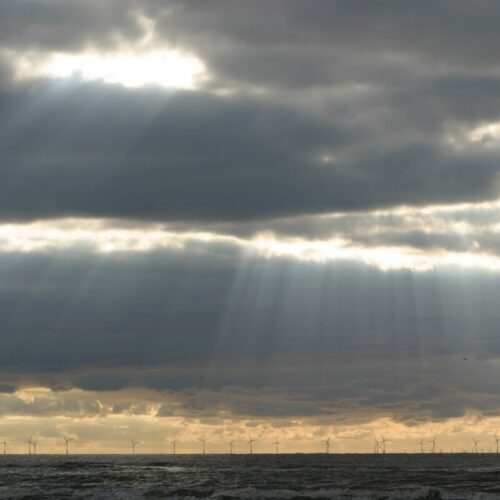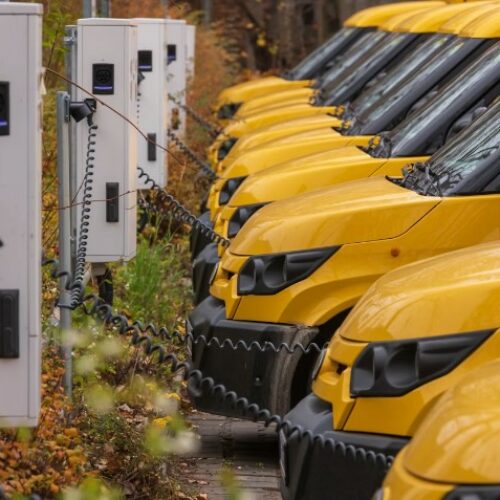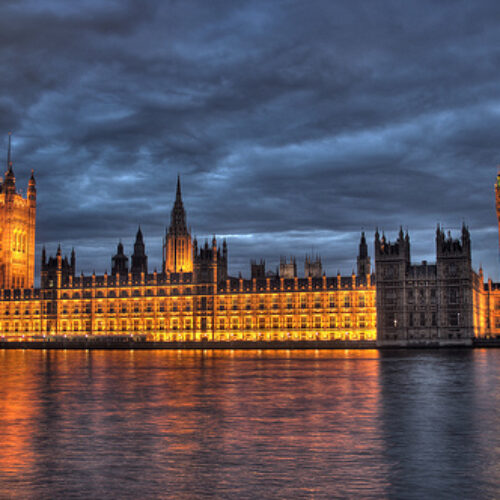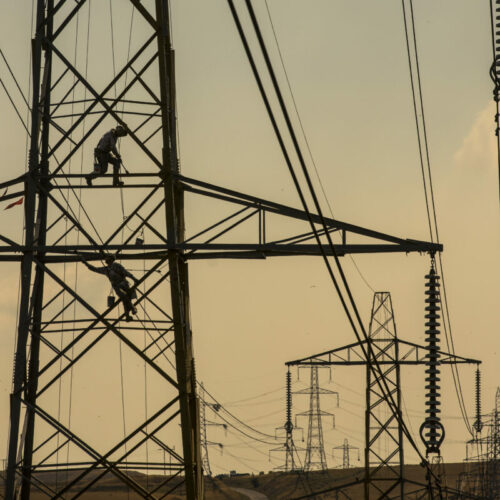Good Energy has had long-standing ambitions for the EV space, but its latest venture, a 12.9% stake of the parent company of charging app Zap-Map, may be its most significant yet.
The investment points to a growing trend of energy suppliers taking a step into the EV sector as the power sector continues to become increasingly localised.
Speaking to Current±, Zap-Map co-founder Ben Lane said that the new partnership makes strategic sense in light of the increasing decentralisation of the energy market, with consumers becoming “significant players” and increasingly being able to participate in the sharing energy economy.
With vehicle-to-grid (V2G) charging also on the horizon, Lane says EVs can only help with consumers participating in the sharing energy economy.
“It’s all about bringing together domestic and business energy production and the EV sector, which is growing, and the obvious synergies between bringing those together.” Lane added.
The partnership has been in the making since the middle of last year, when Zap-Map began to explore different means of funding and Melanie Shufflebotham met with Good Energy chief Juliet Davenport. Lane says that the two parties came away from that meeting realising their respective companies were a “good strategic fit”.
Davenport told Current± the partnership was “a great team up” that “fit very easily” into Good Energy’s vision of a decarbonised, decentralised energy market.
Key for Zap-Map is the prospect of product development, funded by Good Energy’s investment.
The EV sector has perhaps become tangled by complicated charging systems and a lack of a centralised app or registering system that will allow drivers to charge across different networks. Interoperability or commonality has long been discussed, and the Renewable Energy Association recently warned that there needs to be greater interoperability between charging networks, with drivers needing multiple cards and apps to drive across the UK.
Lane says this is something that Zap-Map is working to resolve, with a network independent payment platform called ‘Zap-Pay’ in development.
That platform will enable Zap-Map’s tens of thousands of users to access and pay for charging on all participating networks, Lane says, providing more than a subtle nod towards Zap-Map’s future direction.
The company is also going to be working closely with Good Energy on Zap-Home, a function that allows homes and businesses with charging points to share them with other Zap-Map users. Zap-Home enables users to pay each other a small fee per charge, further incentivising the sharing of energy and flexibility.
In the future, there is the possibility of Good Energy customers becoming involved in Zap-Map’s future projects, in particular Zap-Pay.
“One of the exciting things is that we have a lot of really interesting customers who would love to see anything this pioneering and be part of that,” Davenport added, saying that the ability to test Zap-Map’s ideas out on Good Energy’s customer base is “a really exciting way forward”.
But just how far could this go?
With EVs able to act as storage or provide demand side response, the more put onto the energy system means the more renewables can be put onto the system, benefiting Good Energy and moving them towards that vision.
Many Good Energy customers generate their own power, are interested in demand side response, are using battery storage, own EVs, or are looking at electric heating, Davenport says, representing the full gamut of decentralised power.
“Bring all those things together on a digital platform and you can begin to see that you can build a world where, in the same way we’re going to see responsive distribution networks, you actually begin to see responsive demand,” Davenport adds.




